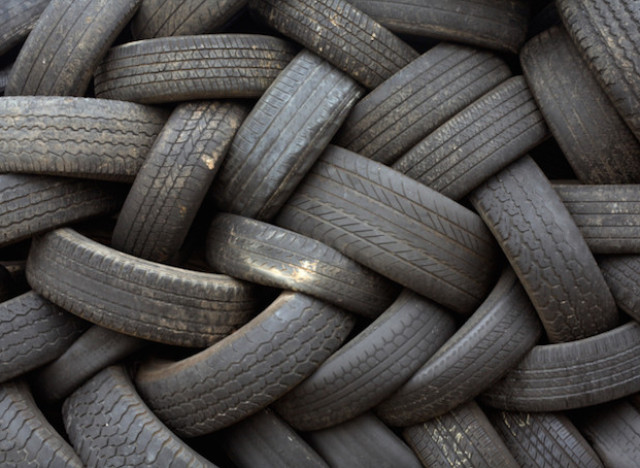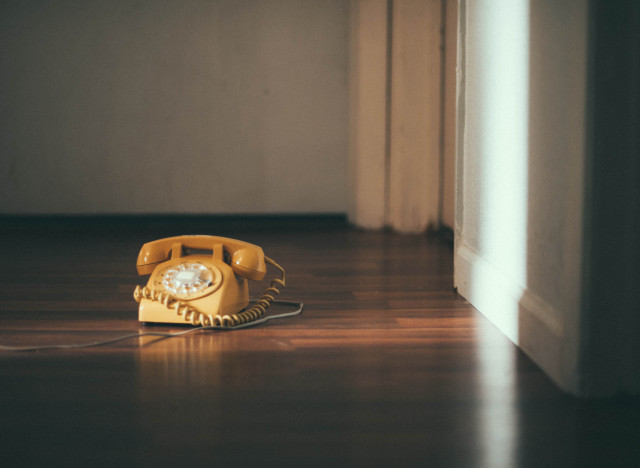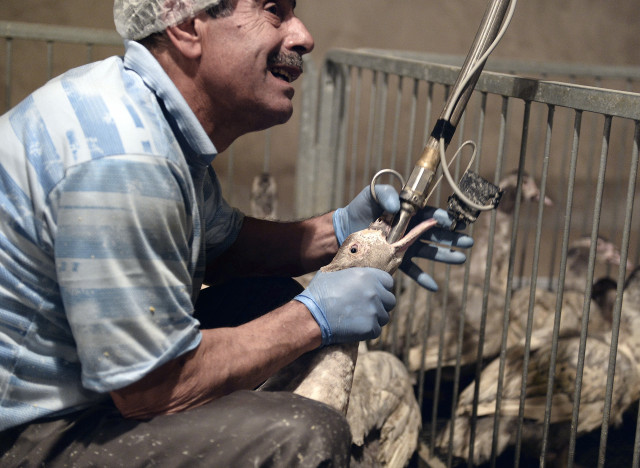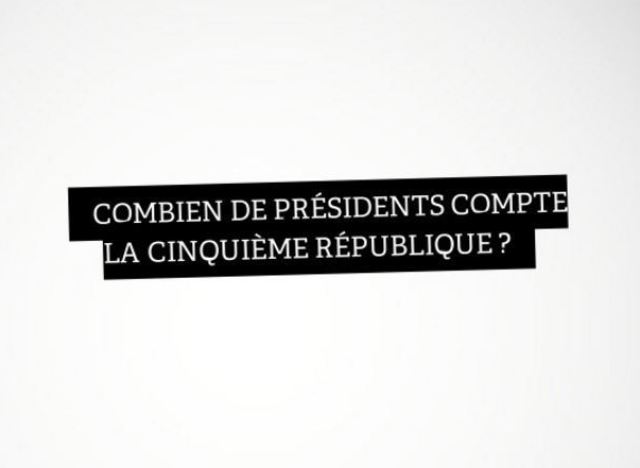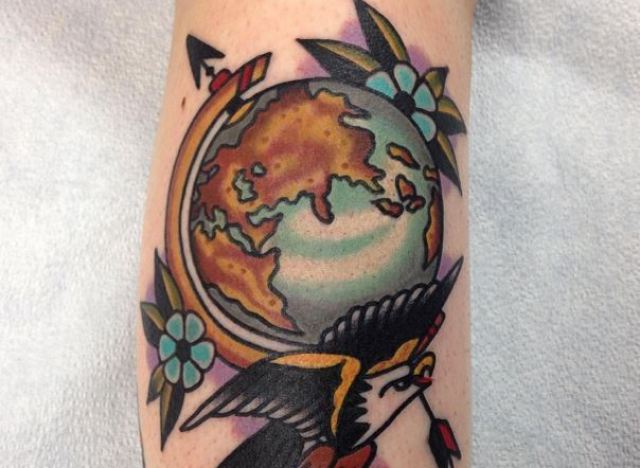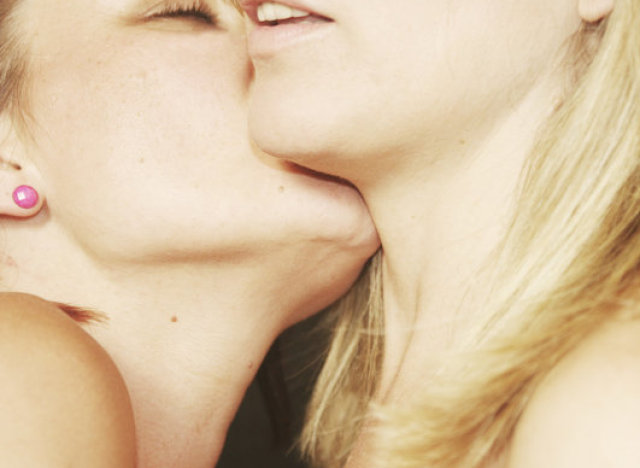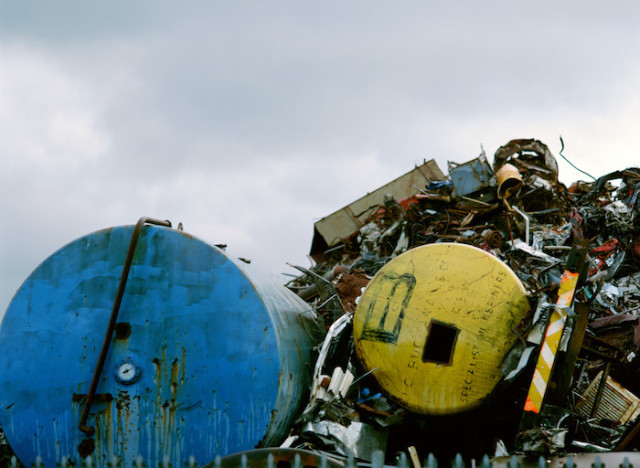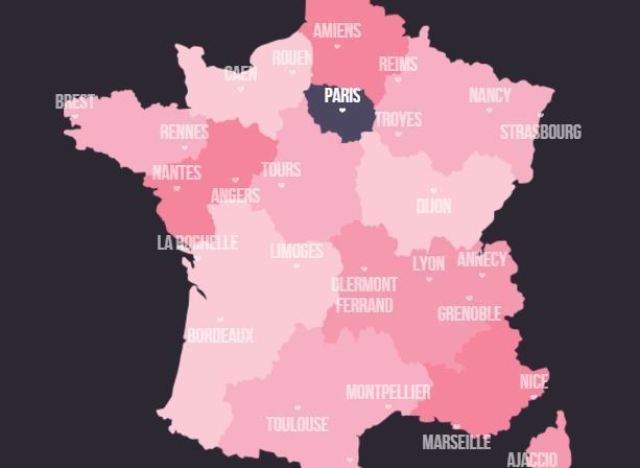http://images.huffingtonpost.com/2015-04-17-1429278588-8943305-klass_thumb_111x111-thumb.jpg
By Perri Klass, M.D.
New York University, New York
I wanted my mother to write this essay. My mother was a writer all her life -- novels, memoirs, essays, even blog entries -- and in recent years she'd written some articles about aging and illness, about the indignities of becoming less independent. [1,2] So when she got sick, I decided that when she was better, I would urge her to write a piece about being in the hospital -- about pain and fear and comfort and cure, but also about unexpected revelations of hospital routine and custom, as seen from the patient's perspective. I even kept a list of topics for her, and the first one was the hospital weekend. Not too charged, I thought, not too personal -- a good way to broach the subject of being a patient and to write about a practical problem while touching on the fear and pain underneath. She would write it when she was better, when she was home, when she was cured. But there was no comfort and no cure, so here I am.
From the physician's perspective, weekends in the hospital are all about coverage. I remember, during residency, feeling that the attendings brought in doughnuts for weekend rounds because the world owed us something for being there, holding the fort. I came to take it for granted that hospital life slows on the weekend. And I remember a moment in my early years of doing primary care when it suddenly seemed vital to get an MRI and a neurology consult and a psych evaluation for a child as the clock ticked down to Memorial Day weekend. I called in favors, begged and borrowed, boasted about having managed it, as if I had personally evaluated, treated, and cured the problem, against impossible odds. I guess I assumed that patients and families must understand the hurdles: Weekends are harder and slower, things don't necessarily get done.
But when you're sick and scared, or when your parent or child is sick and scared, it can be shocking to hear, over and over, about the ways that weekends are slower and things don't get done. The sick person's calendar is marked out in difficult days and sleepless nights, or in agonizing hours, but it takes no notice of days of the week, makes no distinction between time and overtime. Yet you find yourself being told, as a matter of course, that there's no physical therapy on weekends because there's no one here to do it or, on a Friday, that the psychiatry service -- or the pain service, or the surgical subspecialty attending -- will be in on Monday.
My personal experience of seeing medicine from the patient's side is fairly limited, but in recent years I'd been helping my mother navigate her way with her multiple eye doctors, her internist, her dermatologist, her surgeon, her oncologist -- and I'd learned a great deal. For example, I learned about the daunting outpatient blood-draw system at one hospital, where she had to give her name and wait to be called to register at one desk, then wait to be called to check in at a second desk, where they'd give her one of those restaurant pagers that buzz and light up when your turn comes. Since my mother was increasingly deaf as well as legally blind, she couldn't always hear when her name was called, and she worried about missing her cue. She also hated mechanical devices and regarded the pager as likely to explode in her hands. She asked me repeatedly why a hospital made things so complicated for people who couldn't see or hear or get around easily, and I kept telling her I didn't know.
Long before that last hospitalization, I got in the habit of saying loudly -- so she would hear it as well -- to any new medical assistant or nurse or doctor who saw my mother, "You'll have to speak loudly; my mother is very sharp mentally, but her hearing isn't good. She's listening to you through hearing aids and reading your lips, but you have to speak up." My mother was shy about saying that herself but grateful to have it said, and she and I would occasionally marvel at the people who persisted in directing soft-spoken questions to me, as if what I'd said was, "I'll answer for her, she can't speak for herself, but let's just keep our voices down so we don't disturb the poor dear."
Then she got so sick that she really couldn't answer for herself. And I wasn't trying to make the medical system speak to her more clearly -- I just wanted her cared for and attended to. And my old vision of hospital weekends turned inside out. Instead of identifying with the residents who were stuck working on the weekend, heroically cross-covering way too many patients, I wanted everyone there, full-strength teams, ready for action. My mother was just as sick on Saturday as on Thursday; physical therapy or wound care or pain management was not some frivolous extra. Why should we have to hear over and over again that it was the weekend, that there was only one person here to do whatever for the whole hospital or that someone was just cross-covering, didn't want to make any changes to the plan, the attending would be in next week? It seemed callous on the hospital's part -- expecting very sick patients and very worried family members to understand that the doctors' convenience had to come first. They need the weekend off, so you'll have to wait till Monday. Even in good hospitals, weekends had a decidedly makeshift feel, with a constant refrain of, "I'm just cross-covering, we're short-staffed, the person you need will be here Monday."
My brother said to me one Saturday -- when we'd been told that there were no physical therapists available and that nutrition and the feeding team would be in on Monday -- that he had never realized how much things slowed down in a hospital on the weekend. And I didn't want to justify it or pretend that, slowed down or not, everything was fine, good medicine was being practiced, our mother was perfectly safe. Instead, I felt a powerful righteous wrath when I saw the big retrospective study last summer showing that when relatively straightforward pediatric emergency surgeries like herniorrhaphies and appendectomies were performed on weekends, morbidity and mortality were higher. [3] It's real, I thought, it's in the medical literature. There is such a thing as the "weekend effect," and it's been shown to mean higher mortality for patients with myocardial infarctions or strokes who are admitted on the weekend and also for those who have in-hospital cardiac arrests. [4,5]
I wasn't surprised by those studies. If you'd asked me before my mother got sick whether I thought patients got better care during the week, I would probably have said yes, of course they do: more people with more skills around has to mean better care, or why are we even in this business? But I would have said it, I think, without anger: That's the way of the world. Things thin out at night or on the weekend, but we all do our best, don't we?
Well, it doesn't feel that way from the patient's side. From over there, it feels like every time the weekend comes around, you relearn that the hospital is not actually about patients. It's about doctors and nurses, physical therapists and nutritionists -- people who are busily living their normal lives, when from the patient's side, nothing is normal.
It's late in life for me to realize this, but biology and life and illness have nothing to do with the conventions of the calendar. When you're sick and scared, Sunday is the same as Tuesday. I know I should have recognized that during my years of taking pediatric call on nights and weekends and deciding whether babies needed to be seen in the emergency department, but the overwhelming majority of those calls could be answered over the phone, sorting out the ibuprofen dose or encouraging more fluids for a child with gastroenteritis. It was only living daily life in the hospital, watching my mother, sick and suffering, that I made the connection. She was sick enough to be hospitalized, so by definition every day was sick day, pain day, scary day, and there was something infuriating and outrageous about being expected to accommodate the silly artificial time divisions of the people who were living out there in the sunshine world of the not-sick.
And so on weekends when my mother was in the hospital, I found myself angry and upset and outraged, and I knew, of course, that I was mostly angry, upset, and outraged because my mother was so sick and I couldn't help her -- and the truth was that the hospitals and rehab facilities couldn't help her either. They tried, especially on weekdays, but they couldn't. And if they had been able to help her, I probably wouldn't be angry, still, about weekends, or about anything else.
But I relearned hospital rhythms during those terrible weeks and months, and I developed my own version of weekend effect. I would start feeling tense every Thursday afternoon, every Friday morning, staving off panic by displaying a slightly frenetic need to get consults done, problems reassessed, orders written. I would waylay consultants, try to pin down residents about when they could come by and when they planned to sign out, press the nurses to page the attendings. I became one of those people I would have hated to encounter on a Friday afternoon if I was trying to get care plans and coverage sorted out, to feel that things were in good order, signouts organized, checklists checked off.
But over on the other side, no one had the power to check the boxes I most needed, and nothing stayed in good order for long. And over in that comfortless landscape, I felt scared, as Thursday turned to Friday and the dark clouds gathered; I could feel the staff signing out, the hospital slowing down around us, and the weekend closing in.
See the article, and read the comments, on NEJM.org.
 Listen to an audio interview with Dr. Perri Klass on experiencing weekends in the hospital from a patient's point of view.
Listen to an audio interview with Dr. Perri Klass on experiencing weekends in the hospital from a patient's point of view.
-- This feed and its contents are the property of The Huffington Post, and use is subject to our terms. It may be used for personal consumption, but may not be distributed on a website.
from http://www.huffingtonpost.com/healthy-living/

